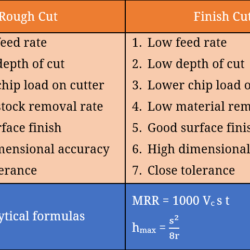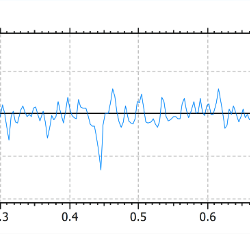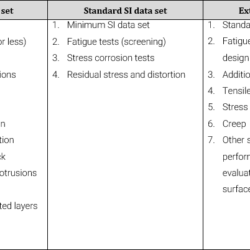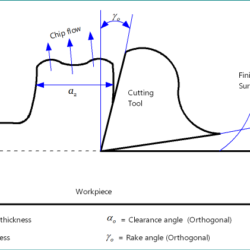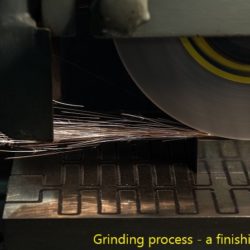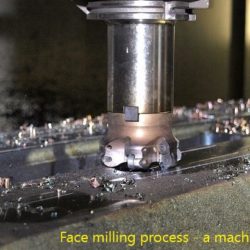Difference Between Roughing and Finishing in Machining
Machining or metal cutting is one of the secondary manufacturing processes by which excess material is gradually removed from a preformed blank to obtain desired shape, size and finish. There exist larger number of processes to fulfil the basic requirement of machining. Such processes can be broadly classified as conventional machining processes (turning, threading, facing, drilling, boring, shaping, planing, milling, grooving, reaming, etc.), abrasive cutting processes (grinding, lapping, honing, polishing,
